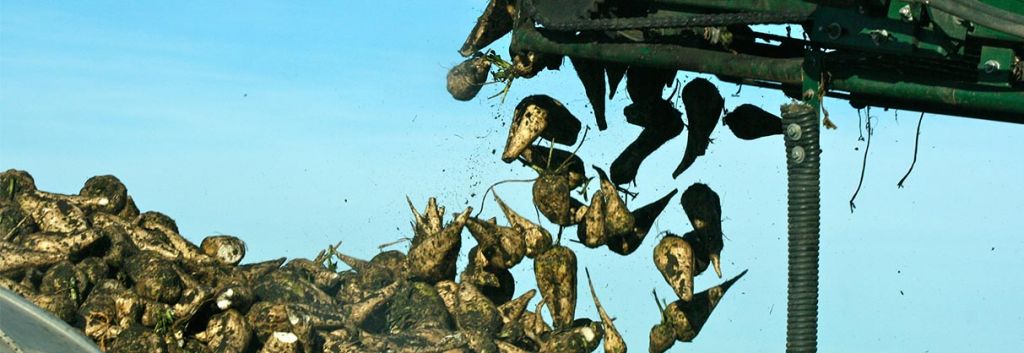Second-generation biofuels have solved many problems caused by their predecessors, first-generation biofuels. The French synthetic biology company Global Bioenergies just announced that it has adapted its gaz-producing process to sucrose, a first-generation biofuel. Why would it make this step backwards?
Global Bioenergies is one of the leading European industrial Biotech companies. It wants to replace fossil oil with a biosourced process that converts biomass to isobutene, one of the most important petrochemical building blocks that can be converted into fuels, plastics, organic glass and elastomers. It signed big deals with car-manufacturer Audi, chemical company Arkema, and the leading French sugar manufacturer Cristal Union. The company has a market cap worth €120M and counts almost 70 employees based in Evry next to Paris.

In November of 2014, it announced the first industrial production of Isobutene, meaning it successfully climbed up the ladder, starting as a mere lab and moved to a bigger scale after obtaining proof of concept in 2009. The production site was at ARD, a subsidiary of Cristal Union. In may 2015, Global Bioenergies announced that it created a joint-venture with Crystal Union.
And now, two months after this deal, it announced that its production process has also adapted to sucrose, the main component of sugar cane and sugar beet.
To understand this shift, we have to go back to the definition of sucrose, cellulose and the different generation of biofuels.
The first generation of biofuels is based on the transformation of food (often sucrose), the second generation on any biomass (often cellulose-based), and the third generation consists of algae production (Water + Sun + CO2).
First generation biofuel processes are limited in most cases: they threaten food supplies, are not competitive with existing fossil fuels (especially when each barrel costs 50$) and don’t reduce gas emissions (life-cycle assessment are similar to traditional fossil fuels).
The second generation solved a lot of these problems and unleashed the true potentiel of biofuels.
By making this announcement, and by “joint-venturing” with Cristal Union, Global Bioenergies is moving one step in the past. It is using food stock to produce isobutene instead of using renewable and widely available cellulose.
So why did the company go for this move?
One serious hypothesis for this step backwards could rely in the scaling up process. This step is where most of the industrial biotechnology companies fail. Having your engineered bacteria produce gaz in your lab’s bioreactor is already a great step, but having it producing gaz in a 500-10000L reactor is something totally different.

Global Bioenergies may be facing difficulties to scale up its process based on cellulose. Sucrose, however, which is less complex, may allow the process to demonstrate better efficiency.
If so, this would mean bad news for the company. First generation biofuels are not a solution for a sustainable energetic planet and don’t we all know it! Global Bioenergies’ biggest promise was to convert non-eatable biomass into an essential brick of the whole petrochemistry, a way bigger value creation for its partner and shareholders.





